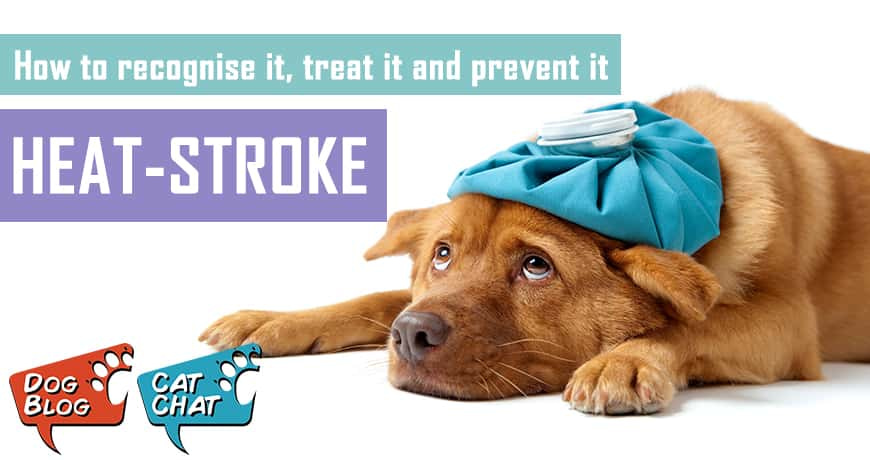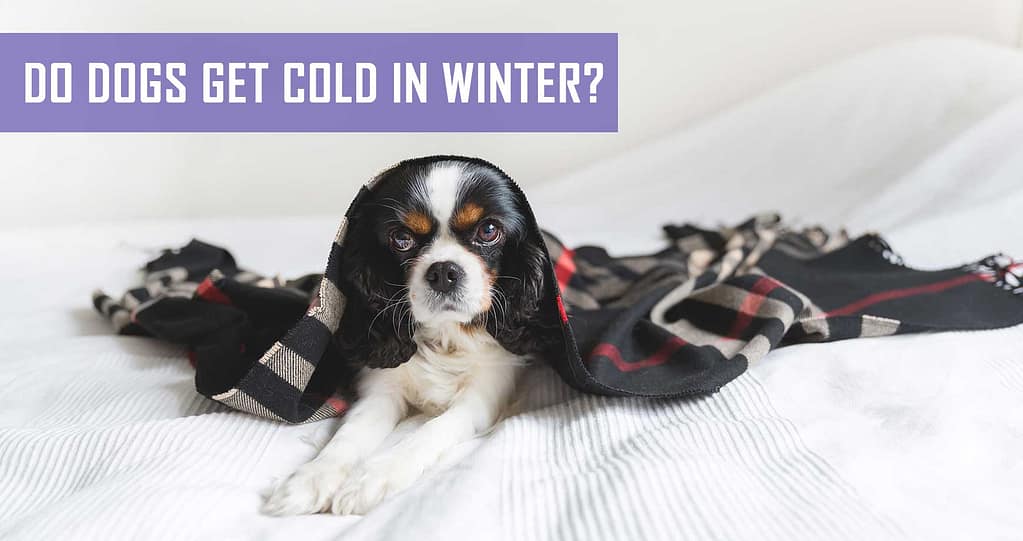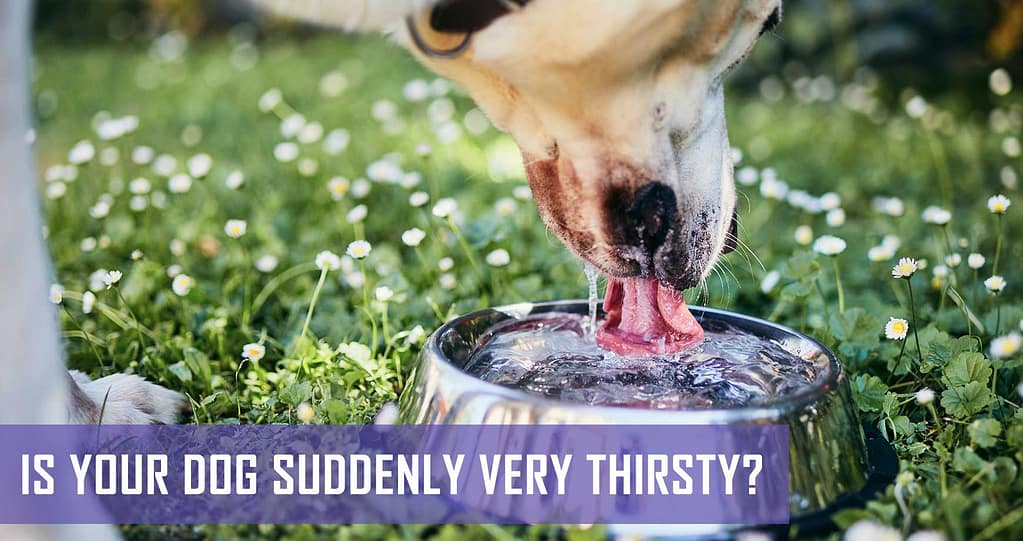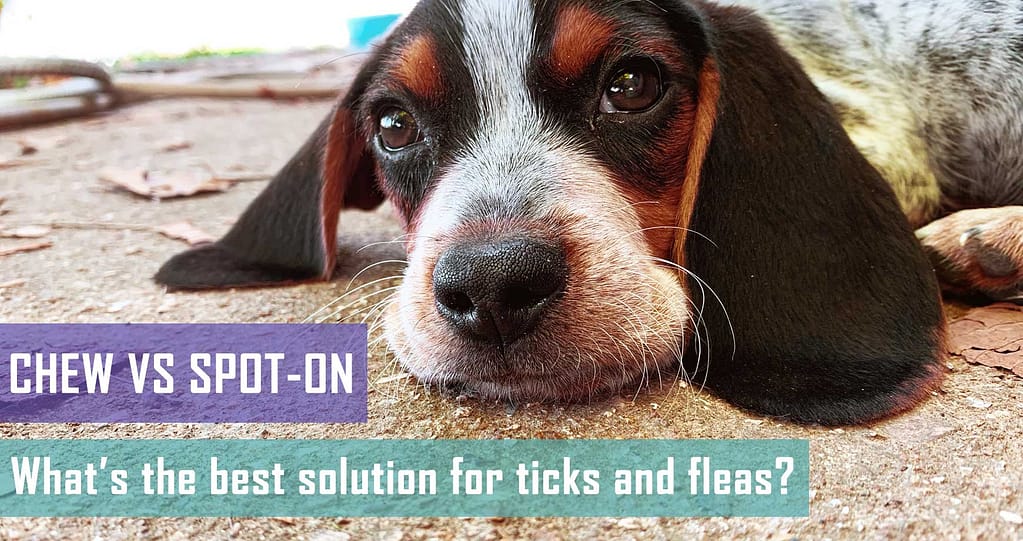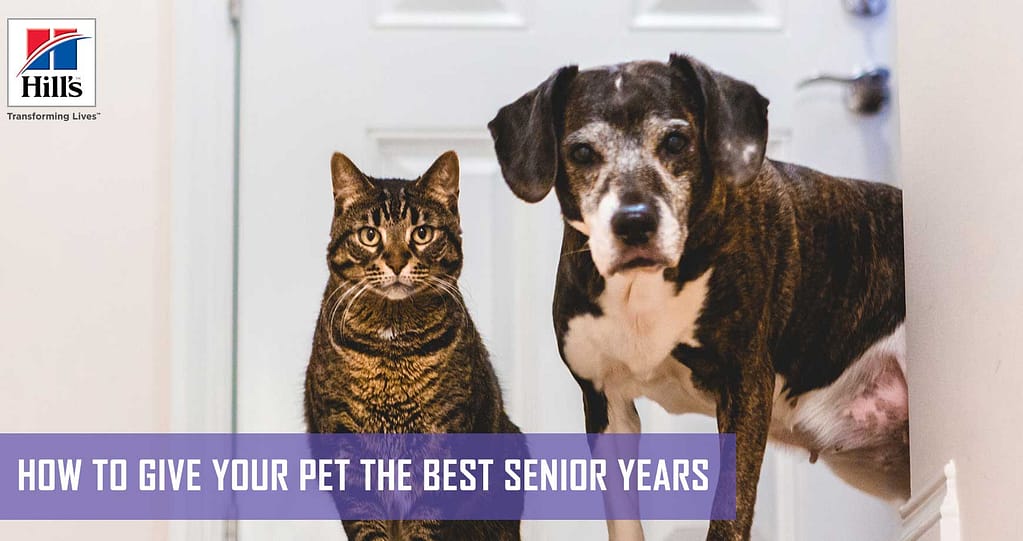In the hot South African summer, even very fit and athletic pets can suffer from heat-related illnesses. Pets with compromised health are at an even greater risk for heat-related complications. Heat stroke can be prevented by taking caution not to expose a pet to overly hot and humid conditions. This is especially applicable to flat-faced dog breeds like pugs, bulldogs and pekingese that suffer from brachycephalic obstructive airway syndrome.
Why do dogs get heat stroke?
It’s not as easy for dogs to regulate their body temperatures as it is for humans. When we get hot, we perspire; whereas when dogs get hot, they pant and release heat through breathing. Unfortunately dogs are better built to conserve heat than to dissipate it. Therefore your furry buddy’s body temperature tends to increase quite quickly, especially if he or she is running around on a hot day.
We need to be more alert on extremely hot days, as we may not even realise that our pet has overheated until the symptoms become quite obvious! Recognising heat stroke in the early stages and treating your dog in time can help prevent permanent damage to your pet’s organs, or even death.
Early signs of heat stroke
- Excessive or loud panting
- Hyperventilation
- Extreme thirst
- A bright red tongue and pale gums
- Skin around muzzle or neck doesn’t snap back when pinched
- Thick saliva
- Increased heart rate
Symptoms of worsening heat stroke
- Increased difficulty breathing
- Gums that turn bright red, then blue or purple
- Weakness and/or fatigue
- Disorientation
- Collapse or coma
If any of these signs occur, take your pet to your vet immediately!
Heat stroke in pets is a very serious condition and its onset can be sudden, escalating into an emergency situation in a matter of minutes.
Treating heat stroke yourself is not really advisable, but sometimes reaching a vet can also become challenging. Knowing how to treat a pet with heat stroke may be vital to saving their life. These steps are mostly to assist with the beginning stages of heat stroke. Once you have followed these steps and your pet has cooled off a little, take your pet to the vet for a check-up and to make sure there is no permanent damage to your fluffy friend.
Treating heat stroke
- Remove your dog from the heat; if possible move inside or to a shaded area.
- Allow your dog to drink small amounts of cool water.
- Do not force feed water to your pet if he cannot drink freely on his own.
- Cool your dog with water externally. If possible, wet him with a stream of water at room temperature.
- Make sure the water is not too cold. Very cold or ice water can actually slow down your pet’s cooling processes.
- Place a fan in front of your pet.
- Allow your pet to lie on a cooling mat. Rather be safe than sorry.
- Do not cover or confine your pet. You can wipe it down with cool, damp towels, but do not drape the towels over it, as this can cause your pet’s body heat to be trapped in.
- Contact an emergency veterinarian. Even if your pet is responding well to cooling treatments, it is imperative that you contact and go to an emergency vet. Internal organ damage is a possible side effect of a heat stroke. Undiagnosed complications can be fatal to your poor dog.
Preventing heat stroke is better than trying to treat it
- Be aware of conditions that may cause or exacerbate heat stroke.
- Pets with shorter snouts like pugs, bulldogs, pekes or Persian cats have a harder time regulating their body temperatures and may therefore be at higher risk for developing heat stroke. Avoid taking them to areas that have extremely hot climates.
- Do not leave a pet in a car in the summer! NO animal should EVER be left in a vehicle in the sun, even if the temperature is mild.
- Groom appropriately for the season. Pets with particularly long and thick fur may need to be shaved or trimmed during the hottest part of the summer. Not all double-coated dogs should be shaved, though, and many need their thick coats for temperature regulation. Speak to your vet if you’re unsure about shaving your dog.
- Leave your pets inside during very hot days. If it’s not possible, ensure that they have access to a safe, shaded area outdoors.
- If your pet is outside on a very hot day, be sure that he has access to water.
- Allow your pet to swim, but supervise him at all times. If your pet is not a great swimmer, get him a life jacket. This will allow him to have lots of fun without the stress of drowning. Even hosing them down gently with water can help prevent heat stroke.
- Allow your pet to rest if it is working in the heat, e.g. service dogs.

